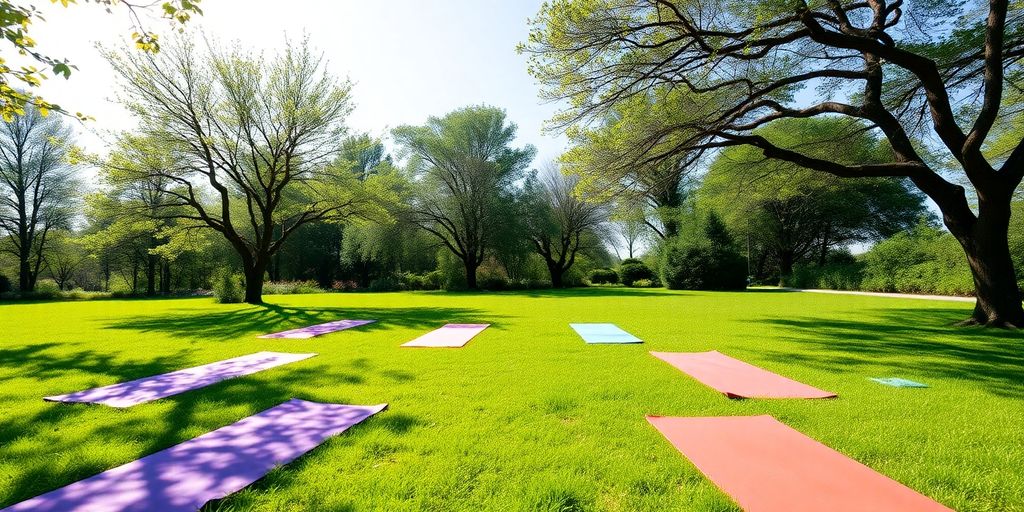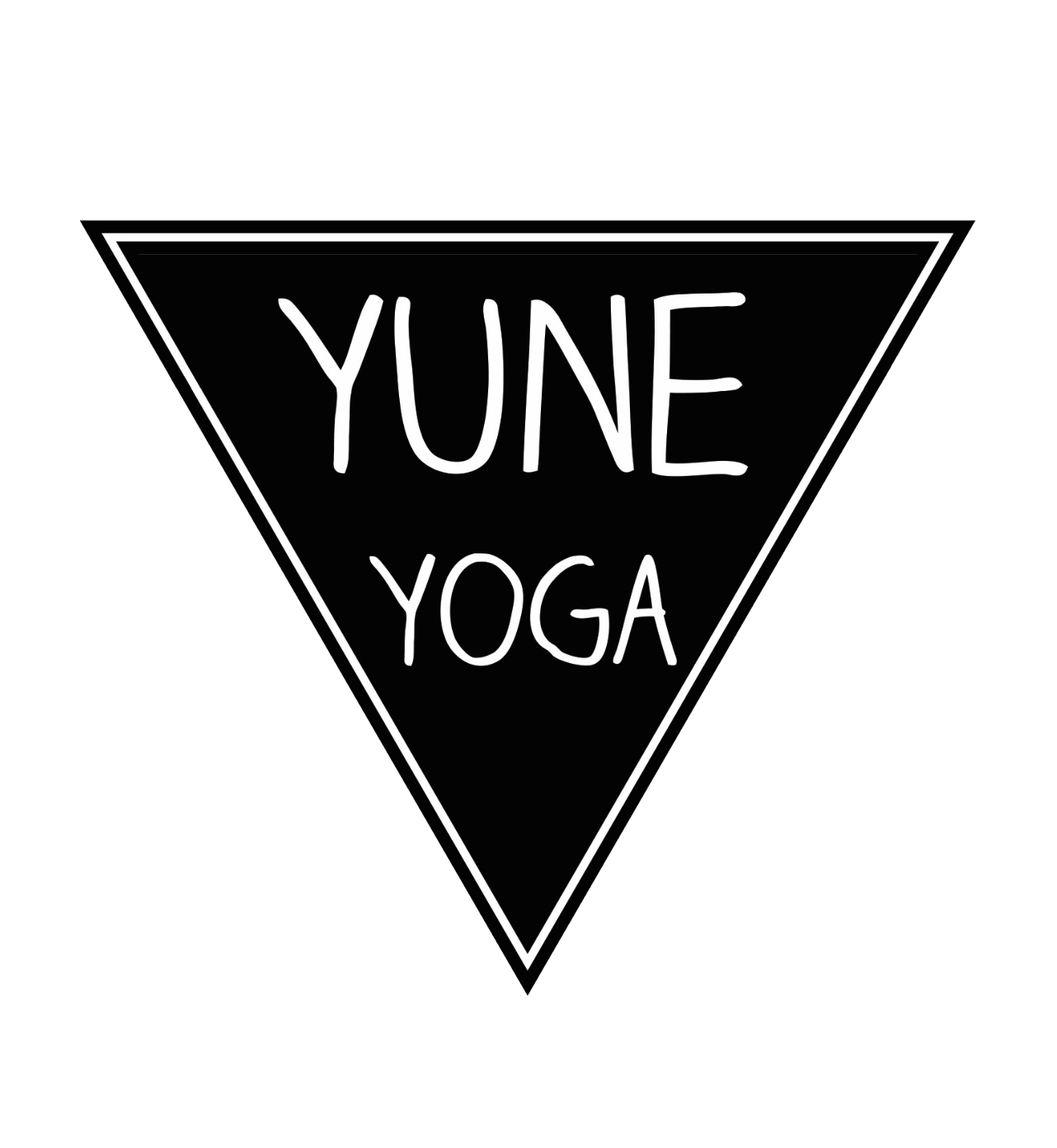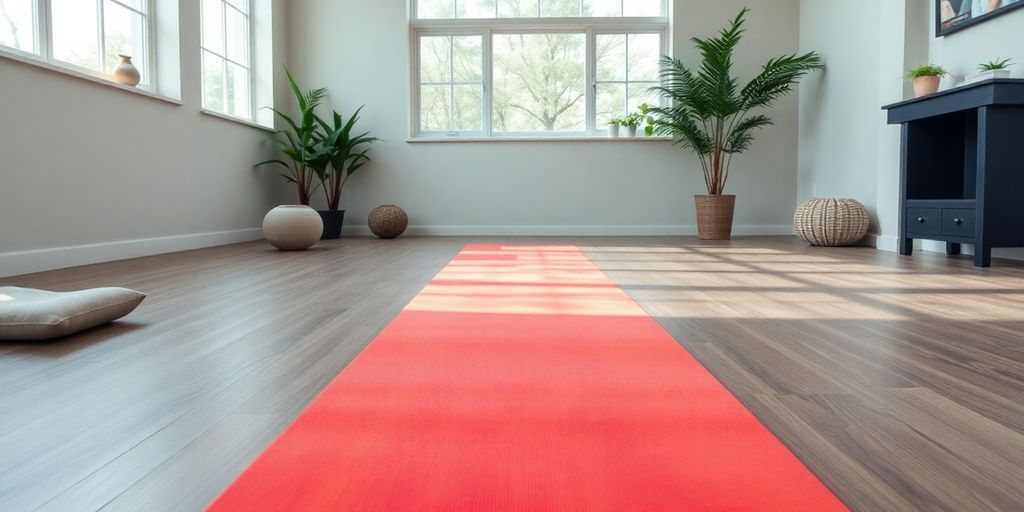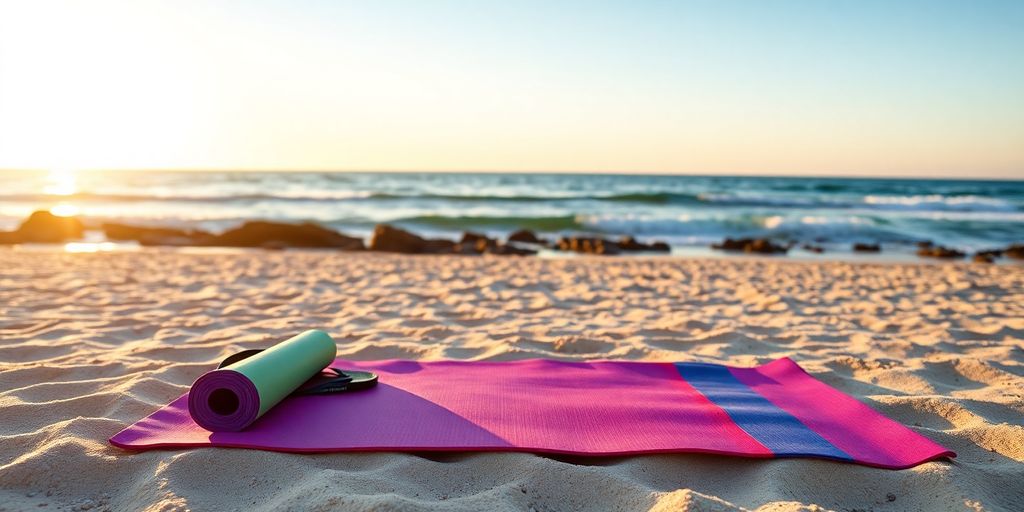
Discover the Best Yoga Mat for Outdoors: Top Picks for Your Nature Retreat in 2025
Hey there, yoga enthusiasts! If you're planning to take your practice outside in 2025, picking the right yoga mat is key. Whether you're hitting the beach, park, or even a rocky mountain, the right mat can make or break your session. You want something that suits the terrain, weather, and your personal style. Let's dive into the best picks for outdoor yoga mats, so you can find the perfect one for your nature retreat.
Key Takeaways
- Choosing the right mat depends on where you'll practice - beach, park, or rocky areas.
- Consider the mat's material and thickness for comfort and durability outdoors.
- Weather can affect your yoga session, so pick a mat that can handle the elements.
- Lightweight and portable mats are ideal for travel and carrying to outdoor spots.
- Eco-friendly options are available for those who want to keep their practice green.
Choosing the Perfect Yoga Mat for Outdoor Adventures
Understanding Different Mat Materials
When you're setting up for yoga outside, the mat's material is a big deal. Some folks love that natural feel of rubber, which is both eco-friendly and offers great grip. Then there’s PVC, known for durability and being easy to clean, though it’s not as environmentally friendly. TPE mats are a middle ground, offering both a good grip and being somewhat eco-conscious. Each material has its own vibe, so think about what matters most to you.
Importance of Mat Thickness
Finding the right thickness is like finding the sweet spot. If it’s too thin, you’ll feel every bump and pebble underfoot, especially on rocky ground. Too thick, and it’s a pain to lug around. Most folks find that 3mm to 5mm is just right for a mix of comfort and portability. For those who like to feel the earth beneath them, a 2mm mat can be refreshing. But if you want something cushy, go for a 6mm or more.
Weather Considerations for Outdoor Yoga
Yoga outside means dealing with the elements. If it’s hot, you’ll want a mat that doesn’t turn into a slip-n-slide when you sweat. Look for mats with moisture-wicking properties. On damp mornings, a mat that’s water-resistant is key, so you’re not left with a soggy mess. Plus, if you’re practicing in different seasons, consider mats that won’t crack or wear down in the cold. It’s all about keeping your practice smooth, no matter the weather.
Top Yoga Mats for Beach Yoga
Lightweight and Portable Options
When you're heading to the beach for yoga, you want a mat that's easy to carry. Lightweight mats are a must for beach yoga, especially when you're trekking across sand. Look for mats that weigh around 2 pounds or less. Many of these mats are designed to be foldable, making them easy to pack in a beach bag. They're also typically thinner, around 1.5mm, which means they won't take up much space.
- Foldable designs to fit in small bags
- Lightweight materials for easy transport
- Compact size for convenience
Sand-Resistant Features
Nobody likes sand sticking to their mat. Mats with tightly woven surfaces can help prevent this. These mats resist small sand particles, keeping your practice area clean and comfortable. Some are even made from materials like natural rubber, which naturally repels sand.
- Tightly woven surfaces to keep sand out
- Natural materials that resist sand
- Easy to clean after use
Eco-Friendly Beach Mats
For those who care about the environment, eco-friendly mats are a great choice. These mats are often made from sustainable materials like natural rubber or jute. Plus, they're free from harmful chemicals, making them a safe option for outdoor yoga.
- Made from sustainable materials like natural rubber
- Free from PVC and toxic dyes
- Biodegradable options available
Practicing yoga on the beach is not just about the poses; it's about connecting with nature. Choosing the right mat enhances this experience, allowing you to focus on your breath and the sound of the waves.
Ideal Yoga Mats for Park and Grass Settings
Sweat-Resistant Mats
When you're practicing yoga in the park, the last thing you want is a slippery mat. Sweat-resistant mats are a game-changer, providing the grip you need to stay stable in your poses. Look for mats that have a textured surface, which can help wick away moisture and keep you grounded. The Oak Trekk Travel Yoga Mat is a great choice here, with its textured top that ensures a non-slip experience, even during intense sessions.
Alignment System Benefits
Ever find yourself struggling to get your feet and hands in the right position? Mats with alignment systems are designed to guide you, ensuring proper placement and balance. This feature is especially helpful for beginners or anyone looking to refine their practice. Alignment cues can make a big difference in maintaining form and preventing injury.
Carrying Convenience
Let's face it, lugging a heavy mat around is no fun. For park and grass settings, you'll want something lightweight and easy to carry. Mats that come with their own carrying strap or bag are ideal, making it simple to transport them from your car to your practice spot. Consider the weight and portability when choosing your mat to avoid any hassle. The Oak Trekk Travel Yoga Mat, for instance, weighs only 2.5 pounds and includes a convenient carrying strap, making it perfect for on-the-go yogis.
Practicing yoga outdoors can be a refreshing experience, connecting you with nature while you find your inner peace. Choosing the right mat enhances this experience, making your outdoor practice both enjoyable and effective.
Best Yoga Mats for Rocky Terrains

Foldable and Compact Mats
When you're out on rocky trails, space is a luxury. Compact and foldable mats are your best friends here. They fit easily into backpacks and are light enough to carry without feeling like you're lugging around a ton of bricks. Look for mats that can be folded into a neat square or rolled into a tight cylinder. This makes it easy to stash them away when you're not using them. Some brands even offer mats that come with their own carrying case, which is a real bonus.
Grip and Stability on Uneven Surfaces
Let's face it, rocky terrains are not forgiving. You need a mat that grips like a gecko. High-quality mats designed for uneven surfaces usually have a textured bottom to prevent slipping. This is crucial for maintaining balance during poses. Try to find mats made from natural rubber or similar materials, as they offer excellent grip. The Jade Harmony mat is a great example of a mat that provides outstanding stability, even on the roughest grounds.
Durability for Rough Conditions
Rocks can be brutal on yoga mats, so durability is non-negotiable. Materials like thermoplastic elastomer (TPE) or natural rubber are excellent choices because they can withstand rough conditions without tearing. A durable mat will not only last longer but will also provide a more stable surface for your practice. Some mats are even designed with a double layer for added toughness, ensuring they can take a beating and still come out looking new.
Choosing the right mat for rocky terrains can make or break your outdoor yoga experience. It's all about finding that balance between portability, grip, and durability.
Selecting Yoga Mats for Dockside Practices
Water-Resistant Materials
When practicing yoga near the water, a mat that can handle a bit of moisture is a must. Water-resistant materials are key to keeping your mat from becoming a soggy mess. Look for mats made from closed-cell construction, which prevents water from seeping in. Some popular materials include PVC and TPE, both known for their water-resistant properties. If you enjoy the occasional splash or practice in humid conditions, this feature will keep your mat dry and long-lasting.
Antimicrobial Properties
Practicing yoga outdoors, especially near water, can expose your mat to bacteria and mold. That's where antimicrobial properties come in. These mats are treated to resist bacteria, mold, and mildew, keeping them fresh and clean. It's a great feature if you practice regularly in damp environments. Plus, it saves you from frequent deep cleaning, allowing you to focus more on your practice and less on maintenance.
Reversible Design Advantages
A reversible design offers versatility, giving you two surfaces in one mat. One side might be smooth and grippy, perfect for traditional poses, while the other could be more cushioned for seated or supine poses. This flexibility can be handy when you're practicing on different surfaces or conditions. It also extends the life of your mat, as you can alternate sides to even out wear and tear. Plus, having options is always a good thing, especially when you're out by the dock enjoying the view.
Eco-Friendly Yoga Mat Choices for Nature Lovers
Sustainable Material Options
When it comes to exploring top yoga mats that are both eco-friendly and sustainable, materials are the first thing to consider. Look for mats made from natural rubber or recycled plastics. These options not only provide a great grip but also align with your environmental values. Natural rubber mats are particularly popular as they are biodegradable and offer excellent traction.
Biodegradable Mats
Biodegradable mats are a fantastic choice for those who want to minimize their ecological footprint. These mats decompose naturally over time, reducing environmental impact. Brands like Manduka and JadeYoga offer mats that not only support your practice but also take care of the planet.
Recyclable and Non-Toxic Features
Choosing a mat with non-toxic materials ensures that you are not exposed to harmful chemicals during your practice. Many mats now feature recyclable components, making it easier to dispose of them responsibly when they reach the end of their life. Look for labels that indicate the absence of PVC and other toxic substances.
Finding the right eco-friendly yoga mat is about balancing your practice needs with sustainable choices. Prioritize what matters most to you, whether it's grip, cushioning, or environmental impact.
Budget-Friendly Outdoor Yoga Mats

Affordable Yet Durable Options
Finding a yoga mat that fits your budget without compromising on quality can feel like a challenge. But, trust me, there are some great options out there. The Gaiam Essentials Thick Yoga Mat is a standout, offering a cushy 6mm thickness for extra comfort. It's perfect for both beginners and seasoned yogis who want to save some cash. This mat has over 29,000 five-star reviews on Amazon, so you know it's not just hype.
Best Value for Money
When you're looking for value, you want a mat that gives you more than what you pay for. The BalanceFrom GoYoga Mat is a great example. It's affordable, provides decent grip, and has enough padding to keep your joints happy. Another solid choice is the Janet Trekk Travel Yoga Mat, which combines sustainability with functionality. At $65, it offers a textured, non-slip surface and is made from durable anti-tear PVC.
Features to Look for in Budget Mats
When shopping for a budget-friendly mat, consider these key features:
- Thickness: Aim for at least 5mm to protect your knees and elbows.
- Material: Look for non-toxic, eco-friendly materials. Avoid PVC if possible.
- Portability: If you plan to carry your mat around, a lightweight option with a carrying strap or bag is ideal.
Picking the right mat is all about balancing what you need with how you live. Think about where you'll use it most and what features matter to you. Whether it's extra grip for those sweaty sessions or a thicker mat for added comfort, there's a budget-friendly option out there for you.
Wrapping It Up
So there you have it, folks. Picking the right yoga mat for your outdoor adventures is all about what feels right for you. Whether you're hitting the beach, chilling in the park, or finding your zen on a rocky mountaintop, there's a mat out there that fits your vibe. Remember, it's not just about the mat—it's about the experience. So grab your favorite mat, head outside, and let nature be your yoga studio. Happy stretching!
Frequently Asked Questions
What should I consider when picking a yoga mat for outside?
When choosing a yoga mat for outdoors, think about the thickness for comfort, the material for durability, and how easy it is to carry around.
Why is mat thickness important for outdoor yoga?
Mat thickness matters because a thicker mat can provide more comfort on hard or uneven surfaces, while a thinner mat might be easier to carry.
Which materials are best for outdoor yoga mats?
Look for materials that are weather-resistant and durable, like natural rubber or TPE, which can handle different outdoor conditions.
Are eco-friendly yoga mats good for outdoor use?
Yes, eco-friendly mats are often made from sustainable materials and can be just as durable and effective for outdoor yoga.
How do I clean my yoga mat after using it outside?
You can clean your yoga mat by wiping it down with a mixture of water and mild soap, then letting it air dry completely before rolling it up.
Can I use the same yoga mat for different outdoor settings?
Yes, you can use the same mat, but make sure it's suitable for the specific conditions, like sand at the beach or grass in the park.


